-
 WhatsApp: +86 19941574798
WhatsApp: +86 19941574798
-
 sale06@kfqizhongji.com
sale06@kfqizhongji.com
Special Equipment
Polyurethane Wheels Boost Shipyard Transport Efficiency
Transfer cart polyurethane wheels transport large components such as hulls, engines, and structural components in shipyards. The transfer cart's polyurethane wheels have the characteristics of high load capacity, durability.
Shipyards are dynamic, high-stakes environments where the safe and efficient movement of massive components—from entire hull sections and heavy-duty engines to large structural parts—directly impacts project timelines, operational safety, and infrastructure longevity. In this demanding setting, polyurethane wheels have emerged as an indispensable solution for material transport, powering a wide range of equipment with their unique combination of high load capacity, durability, environmental resistance, floor protection, and noise reduction. These properties make polyurethane transfer wheels not just a component, but a critical enabler of smooth, reliable operations in shipyards worldwide.

Polyurethane transfer wheels stand out as integral to shipyard operations due to their unmatched ability to handle extreme heavy loads and withstand harsh working conditions. Shipyards face constant exposure to seawater, humidity, industrial oils, solvents, and temperature fluctuations—challenges that quickly degrade traditional materials like steel or rubber. Polyurethane wheels rise to these challenges, delivering consistent performance that enhances operational efficiency, reduces downtime, and safeguards both equipment and infrastructure. Their versatility ensures they integrate seamlessly into various types of shipyard machinery, becoming a universal choice for heavy-duty transport needs.
Key Shipyard Equipment Reliant on Polyurethane Wheels
Transfer Trolleys/Carts
Heavy-Duty Transporters
Gantry and Overhead Cranes
Dock Trailers and Modular Platforms
Turntables and Rotating Equipment
Portable Access Equipment
Unmatched Advantages of Polyurethane Wheels in Shipyards
Exceptional High Load Capacity: Designed to support extreme weights without deformation, polyurethane wheels can handle the heaviest shipyard loads—from individual wheels supporting up to 100,000 lbs to complete wheel assemblies powering multi-ton transporters. This strength ensures stability and reliability, even when moving oversized or irregularly shaped components.
Superior Shock Absorption: The elastic nature of polyurethane absorbs impact and reduces stress on both equipment and flooring. This is critical for delicate operations, such as transporting sensitive engine parts or fragile electronics, as it minimizes the risk of damage from jolts or vibrations during transport.
Robust Chemical and Corrosion Resistance: Polyurethane wheels outperform steel and rubber by withstanding exposure to seawater, salt spray, industrial oils, greases, and solvents. This resistance eliminates rust, degradation, and swelling, extending the wheels’ lifespan and reducing replacement frequency.
Long-Lasting Durability: With a lifespan 3–5 times longer than rubber wheels, polyurethane wheels significantly reduce downtime and maintenance costs. Their resistance to wear, tear, and abrasion means fewer replacements, keeping shipyard operations running smoothly and avoiding costly delays.
Effective Noise Reduction: Unlike metal wheels (which produce loud clattering) or hard rubber wheels (which generate friction noise), polyurethane wheels operate quietly. This noise reduction improves workplace conditions, enhances communication between team members, and creates a safer, more comfortable environment.
UV and Temperature Resilience: Polyurethane maintains its performance across a wide temperature range (-40°F to 200°F), making it suitable for both outdoor shipyard operations (exposed to sunlight, rain, and extreme cold) and indoor workshops with high heat. It also resists UV degradation, ensuring long-term reliability even in direct sunlight.
Conclusion: Powering Shipyard Efficiency with Polyurethane Wheels
Categories
Recent Cases
Recent Products
Recent Blogs
- Why Choose Injected Polyurethane (TPU) Wheels for Your Equipment
- Pallet Stacker Drive & Idler Wheels for Automated Warehouses
- Mold-on Polyurethane Wheels
- Analysis of the Causes of Cleanroom Stacker Polyurethane Wheel
- Why Are NDI Drive Rollers the Premier Choice for Pallets
- Polyurethane Wheels in Mining
- How Do You Maintain Polyurethane Wheel Longevity
- How Do Polyurethane Wheels Compare To Metal Wheels
- What Industries Benefit Most From Using Polyurethane Industrial Wheels
- Polyurethane Forklift Wheels for Warehousing Pallet Handling


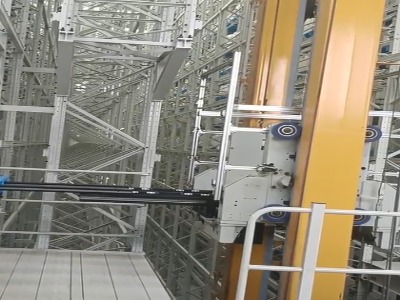
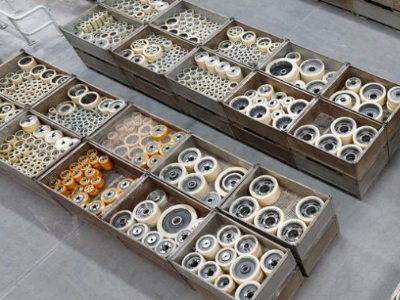
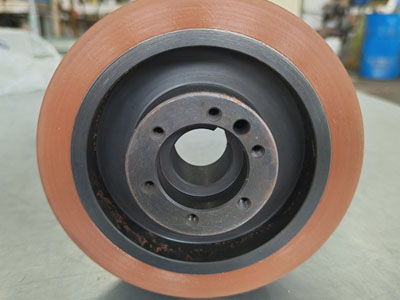





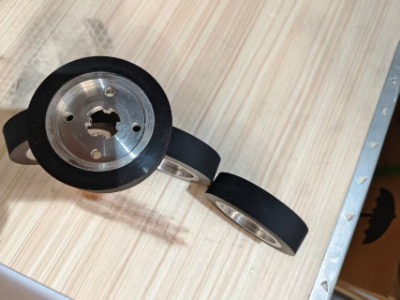
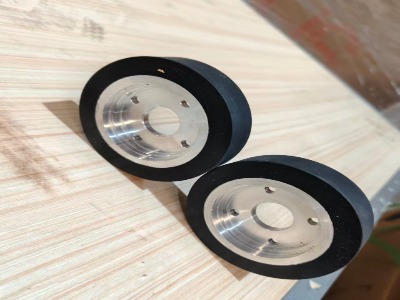
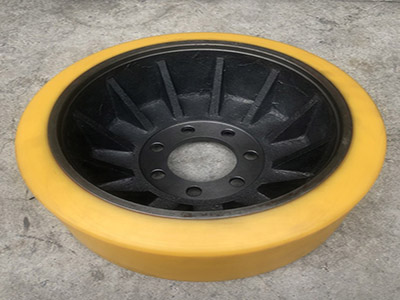
Electrical Monorail System (EMS) Polyurethane Friction Drive Wheel
Polyurethane Wheels Enhance Mobile Surgical Robot Performance